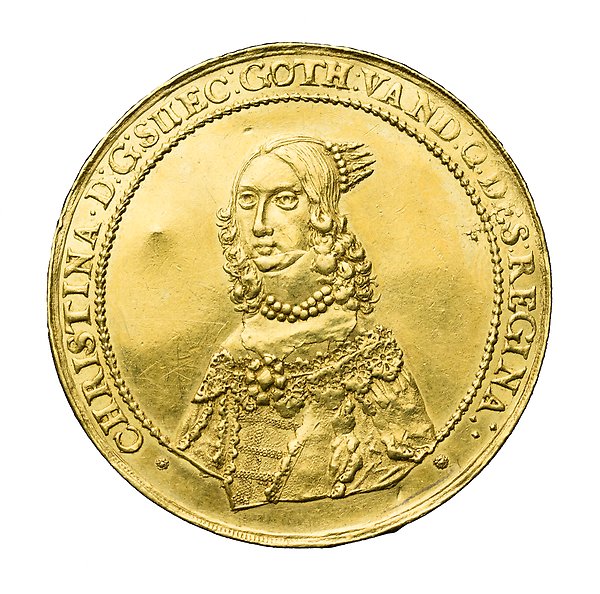Coins
A coin is a piece of metal used as a means of payment. There is usually an image on the coin that shows who made the coin and guarantees that it has value. The first coins were produced around 600 BC by the Kingdom of Lydia, in present-day western Turkey. Coin use was rapidly adopted around the Mediterranean, principally spread by the Greeks and Phoenicians. The coins of that time could look quite different from those of today, but we still use coins in much the same way as back then.
What is in the collection?
Uppsala University's Coin Cabinet contains coins from all over the world. The oldest are from ancient Greece, the Roman Empire, China and the Islamic Caliphate. There are also many Scandinavian, German and English coins from the Viking Period and the early Middle Ages. Among the later coins are beautiful Swedish coins from the 16th and 17th centuries, many of them unusual or even unique, as well as a wide range of foreign coins including early US dollar coins, Chinese cash coins, coins used in the Lodz Ghetto during the Second World War, and many other kinds.
All images of the Coin Cabinet's items in Alvin can be downloaded in print quality and may be used freely, both commercially and non-commercially.

Christina, 10 Ducats, Riga 1644. Inv. nr 105256

Athens, tetradrachm, c. 449–404 BC. Inv. nr 400247
Want to know more about the collection?
As a private individual, you can access the objects in our collections in various ways. Look out for our events, visit the Gustavianum's various exhibitions or search for the objects on the digital platform Alvin. If you have specific questions, you can contact our antiquarians for each collection.
